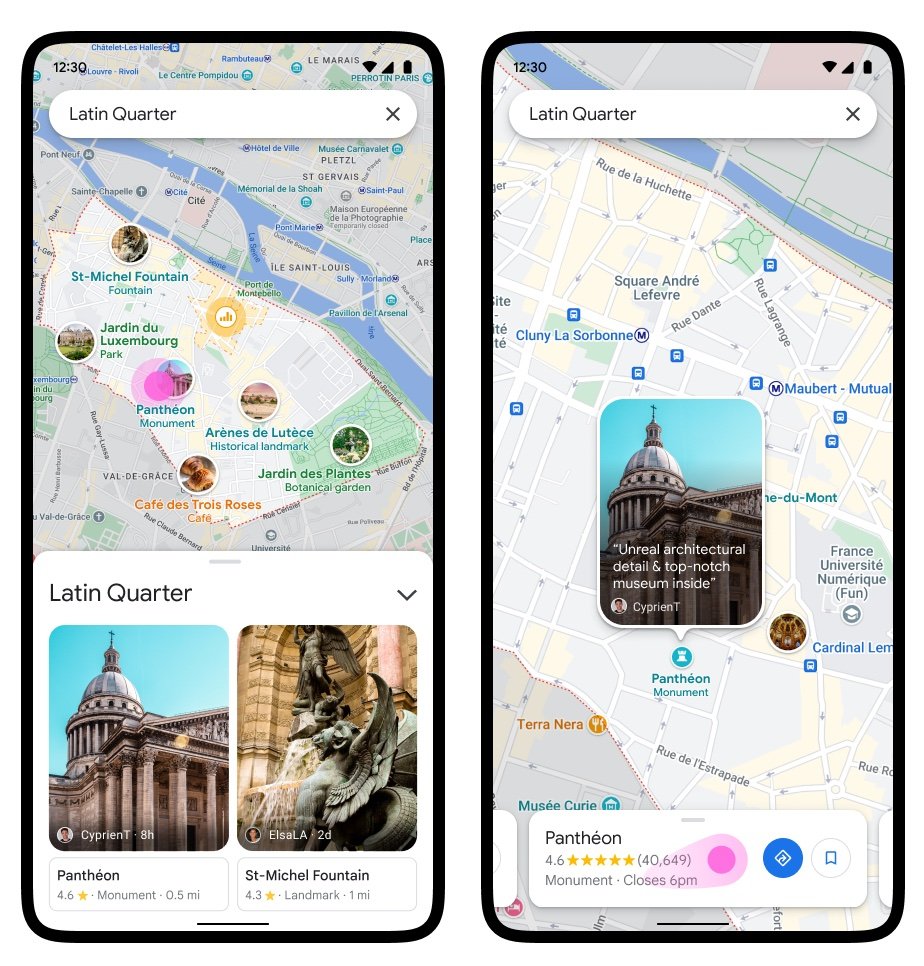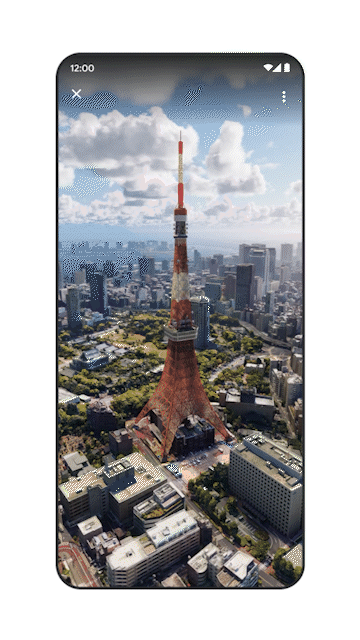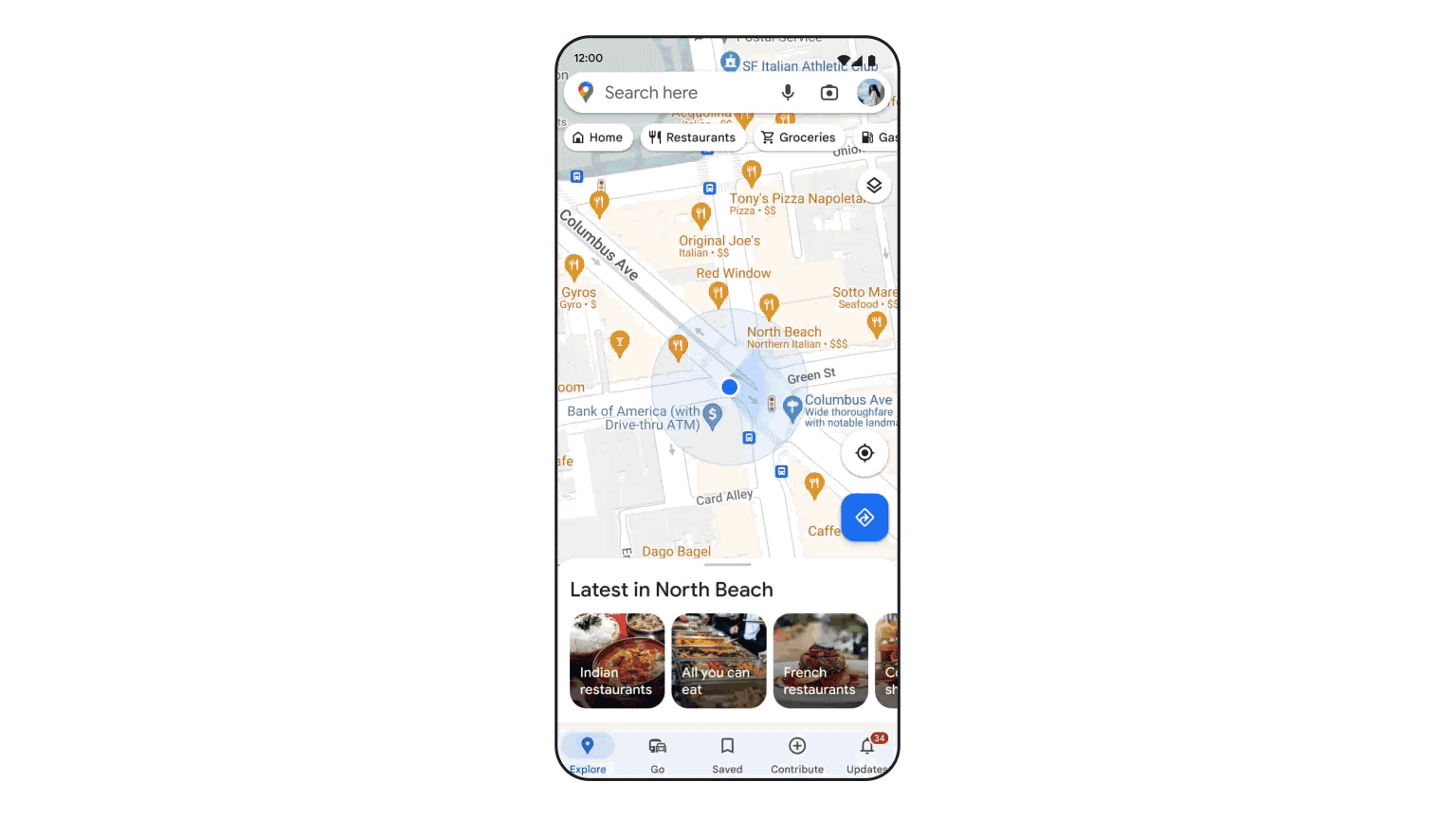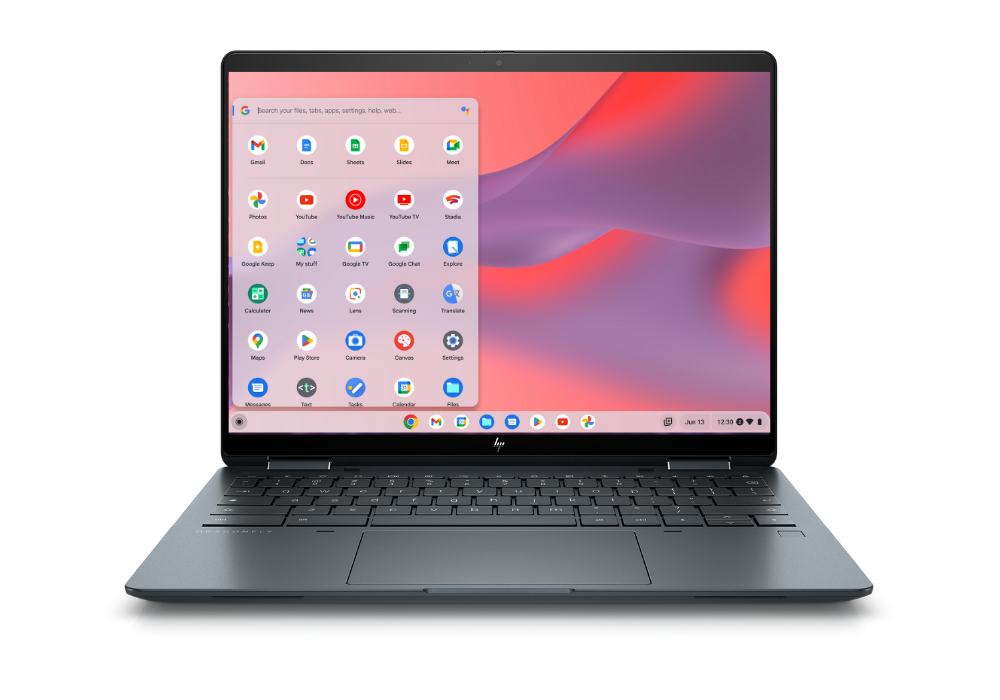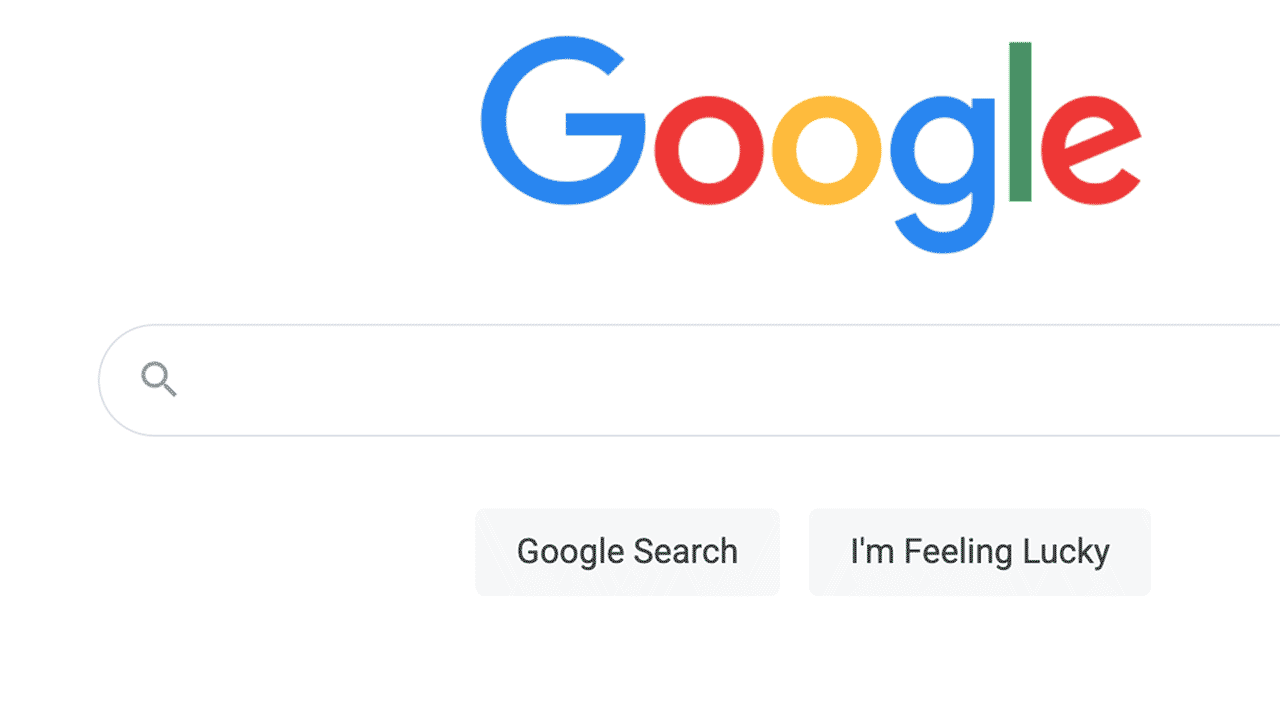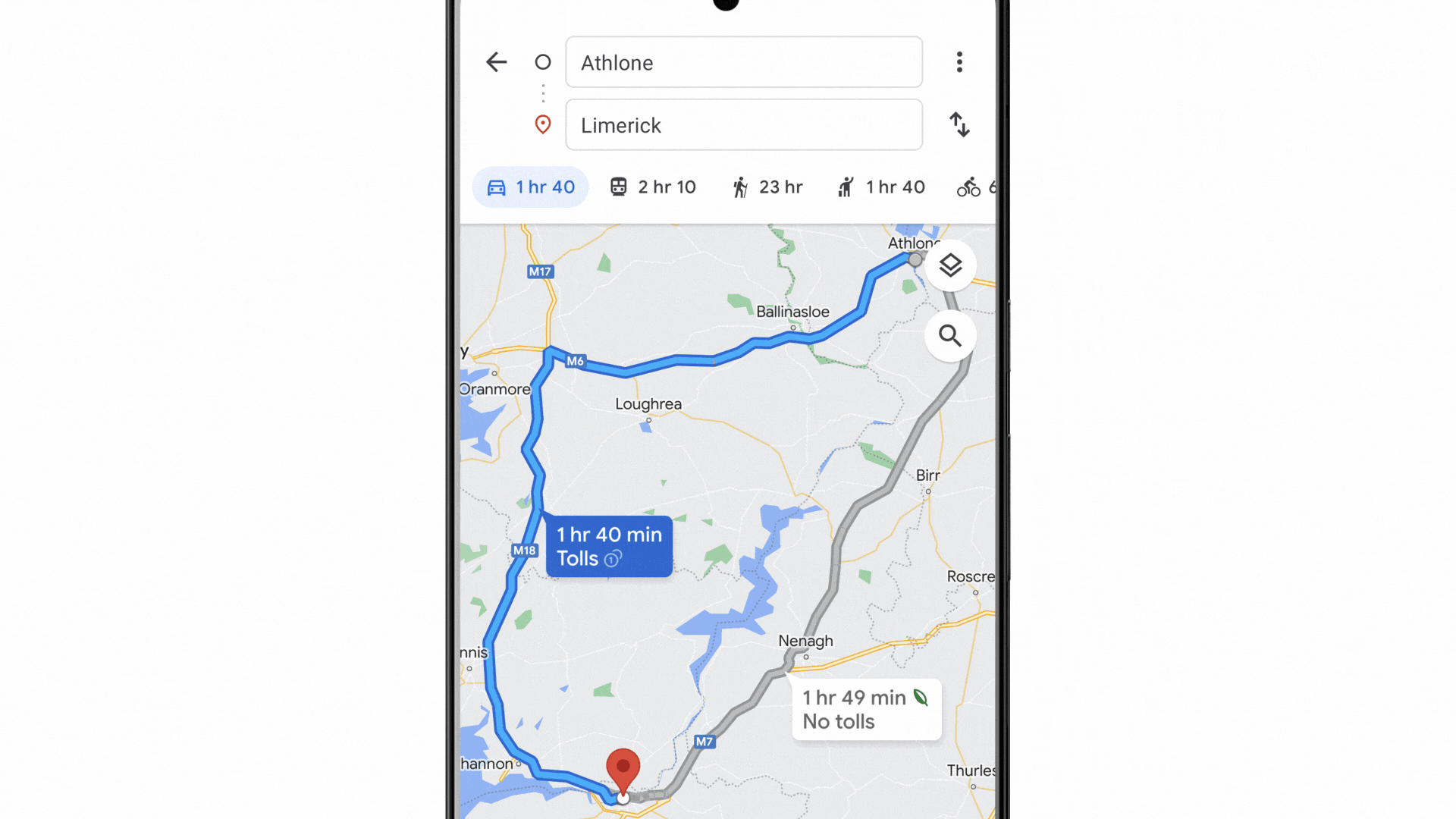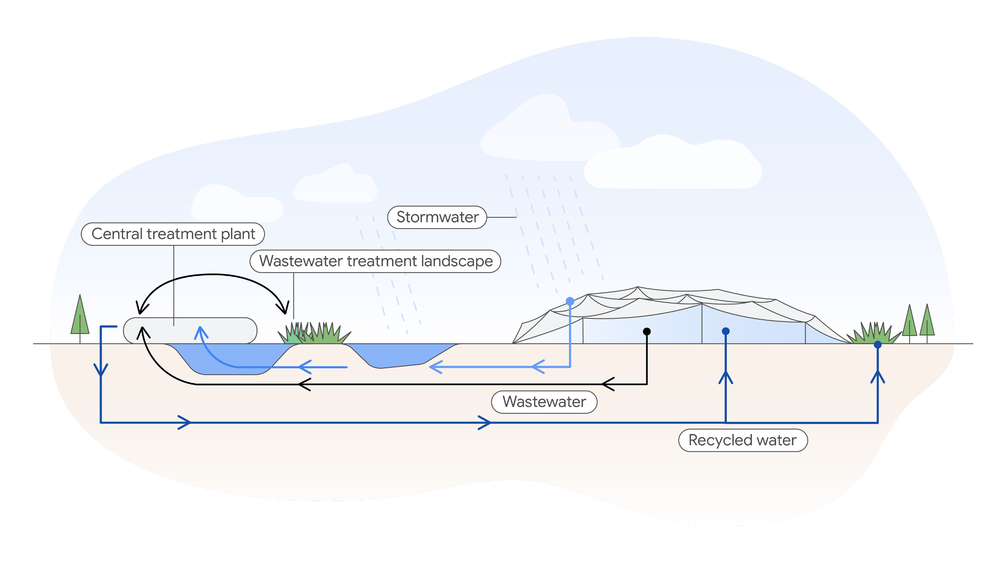Search interest in terms like electric vehicles, solar energy and thrift stores reached new highs globally over the past year — suggesting that people are looking for ways to practice sustainability in their daily lives. That’s a trend we love to see.
Averting climate change requires all of us to act. At Google, we aim to make our operations more sustainable (like our goal to achieve net-zero emissions across all of our operations and value chain by 2030), and also make it easier for people and businesses to make more sustainable choices. At our Search On event, we’re sharing new ways Google can help you be more sustainable.
Find more efficient cars and eco-friendly routes
If you’re in the market for a new car, you’re probably looking to lower your fuel costs and emissions. Over the next few days, we’ll start to show the annual fuel cost for cars in search results. We’ll also show emissions estimates, so you know how a particular model you have your eye on compares to similar ones.
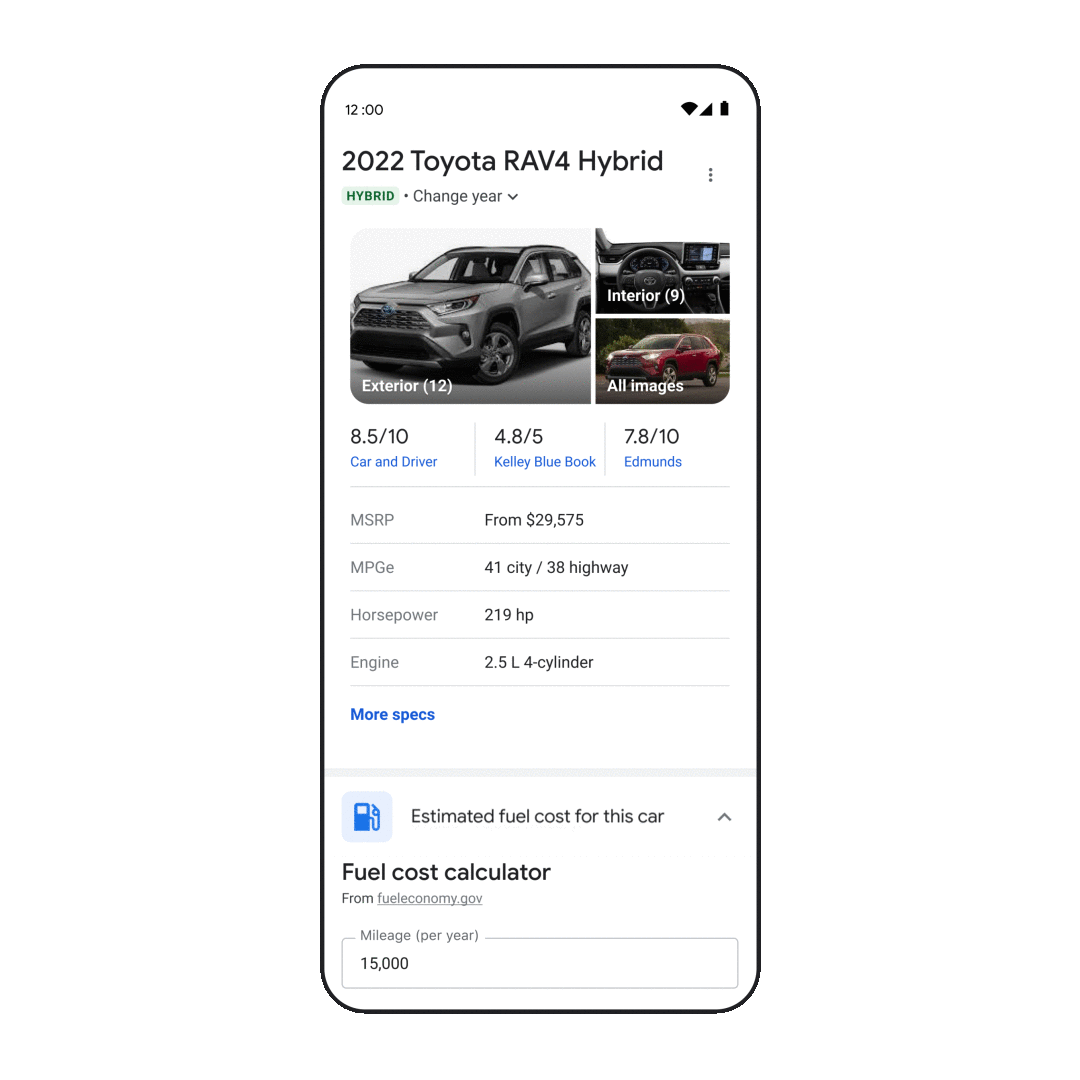
If you’re looking to buy an electric vehicle — which more than a quarter of new car buyers are — we’ll soon show estimated costs, range and charging speeds for electric vehicle models. Plus, you’ll be able to easily find public charging stations near you that are compatible with each electric vehicle. For U.S. shoppers, we’ll also show available federal tax incentives, which make the switch to electric cars even more appealing.
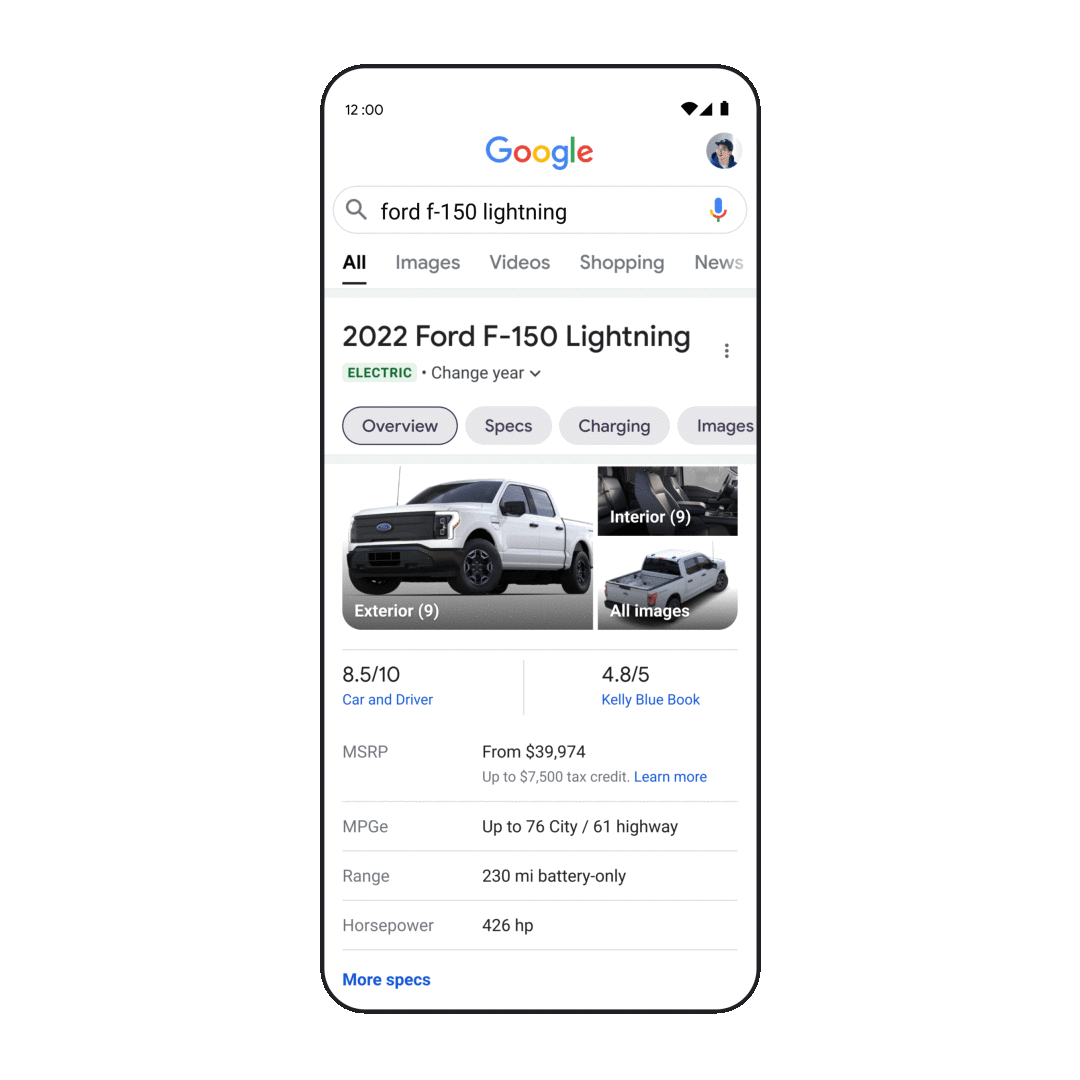
To help save money on gas, drivers have also been using our eco-friendly routing feature, which helps people find the most fuel-efficient routes using insights from the U.S. Department of Energy’s National Renewable Energy Laboratory and data from the European Environment Agency. We’re now making it easy for companies — like delivery or ridesharing services — to become more sustainable by using the same eco-friendly routing capability in their apps. Check out our blog post about Maps updates to learn more about this feature.
Shop pre-owned items
Whether it’s sprucing up your wardrobe with new items or digging up hidden gems from a few seasons ago, clothing choices have an impact on emissions and waste. After all, clothing is responsible for 10% of global carbon emissions. Buying pre-loved items is a small action you can take to live more sustainably. Later this year on Search, we’ll highlight which products are pre-owned, making it easier than ever for you to make sustainable choices when shopping and maybe even save some money!

Brussel up a healthier dinner
Some food ingredients are more sustainable than others. But it's not always easy to find out how the environmental impact of chicken compares to fish or how eggs compare to tofu.
Soon, when you search for certain recipes like “bean recipes” or “broccoli chicken,” you can see how one choice compares with others thanks to ingredient-level emissions information from the United Nations. This feature will soon be available worldwide to English language users.
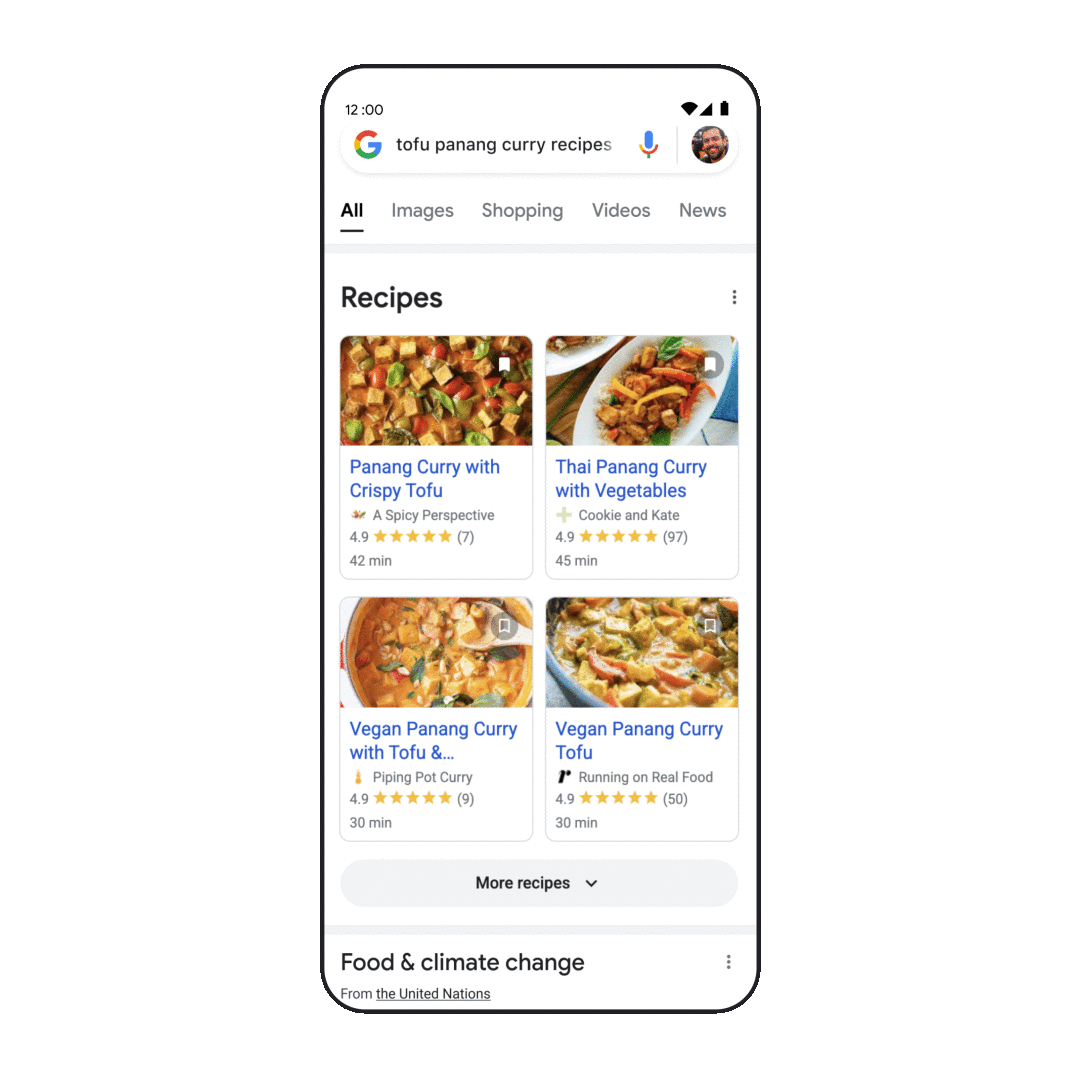
Whether you’re buying pre-owned products and planning your next meal or road trip, these small changes can add up to a big impact. The future of our planet — and everyone on it — deserves nothing less.
